Japanese fermented food is more than just a culinary tradition; it’s an art form and cultural heritage. For those who work in the food industry, aspiring culinary professionals, and even the occasional health or taste conscious person, understanding fermentation in Japan, and Kyoto in particular, can offer deep insights into flavor development, ingredient preservation, and umami enhancement.
Kyoto, known as Japan’s cultural heart, is home to some of the most refined fermented food traditions. This guide will introduce you to fermented foods and dishes (known as local cuisine) that have been passed down from generation to generation in Kyoto.
What Makes Kyoto a Hub for Japanese Food Culture?
In addition to the flourishing of a diverse range of lifestyles and cultures, including the tea ceremony and flower arranging, the production of lacquerware, ceramics, wood and bamboo crafts was also developed, and it is said that a spiritual culture, such as a sense of the seasons, a spirit of hospitality, and a commitment to authenticity, permeated Kyoto’s food culture.
Kyoto is particularly famous for its delicate white miso, artisanal pickles, and traditional dishes that balance fermented umami with the subtlety of Kyoto-style cuisine (Kyoto-ryori). If you’re passionate about fermentation or work in the culinary field, understanding Japanese fermented food in Kyoto is essential for deepening your skill set and palette.
6 Must-Try Japanese Fermented Foods in Kyoto
Kyoto offers a rich variety of Japanese fermented food that reflects both history and innovation. Here are six essential items to explore:
1. Saikyo-zuke (West Kyoto-style Miso Marinade)
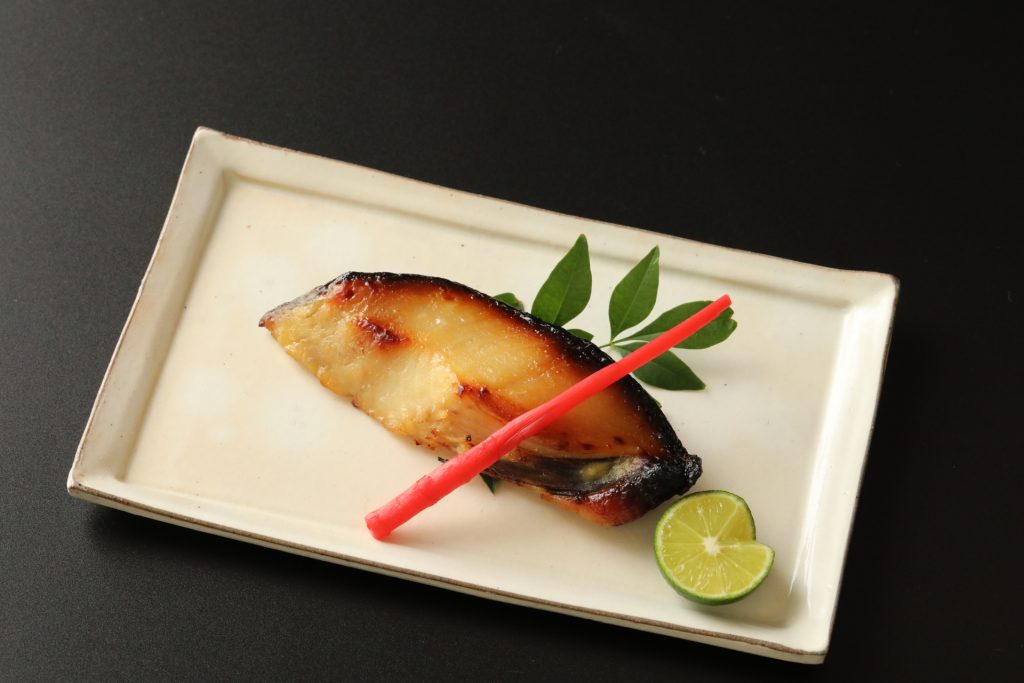
Saikyo-zuke is a Kyoto specialty where fish or meat is marinated in sweet white miso, known as Saikyo miso. This method enhances the natural flavors of the ingredient while adding a mild, sweet umami depth. Used by top Japanese chefs, this traditional marinade is a masterclass in subtlety. It’s a must-try for anyone serious about learning the nuances of Japanese fermented food.
2. Saba-zushi (Fermented Mackerel Sushi)
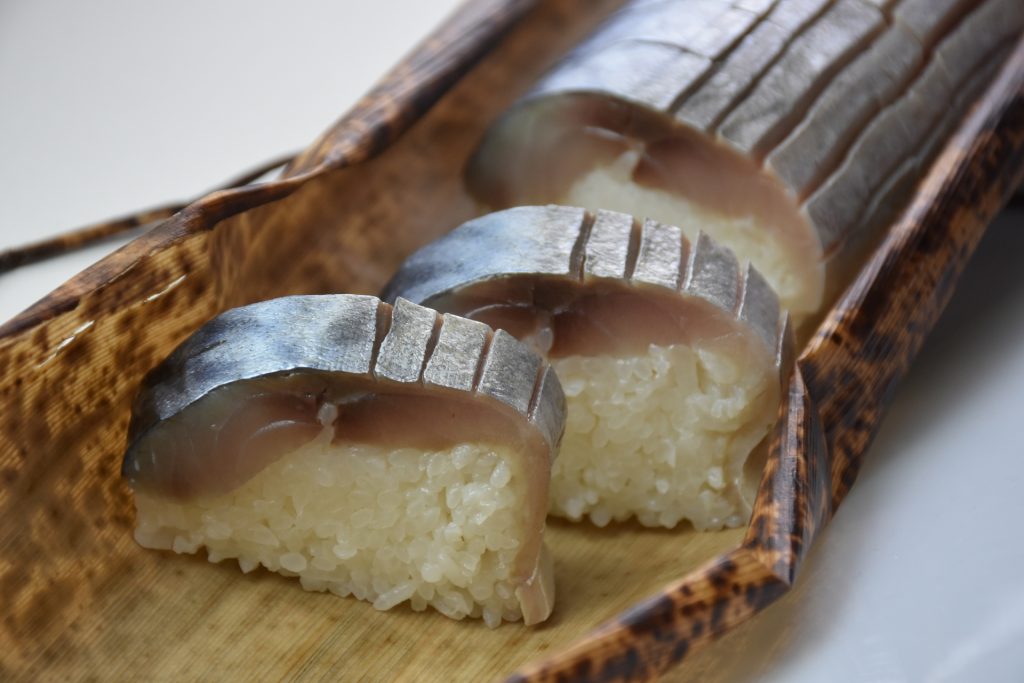
Originating from the preservation needs of Kyoto’s inland location, Saba-zushi uses lightly pickled (A cooking method called “Shimeru with vinegar”) mackerel and seasoned rice. It’s not just a sushi variation—it’s a fermented food deeply tied to Kyoto’s culture. Chefs appreciate Saba-zushi for its layered flavor and texture. It showcases how fermentation techniques can preserve seafood while enhancing its complexity.
酢記事
3. White Miso Zoni (New Year’s Soup with White Miso)
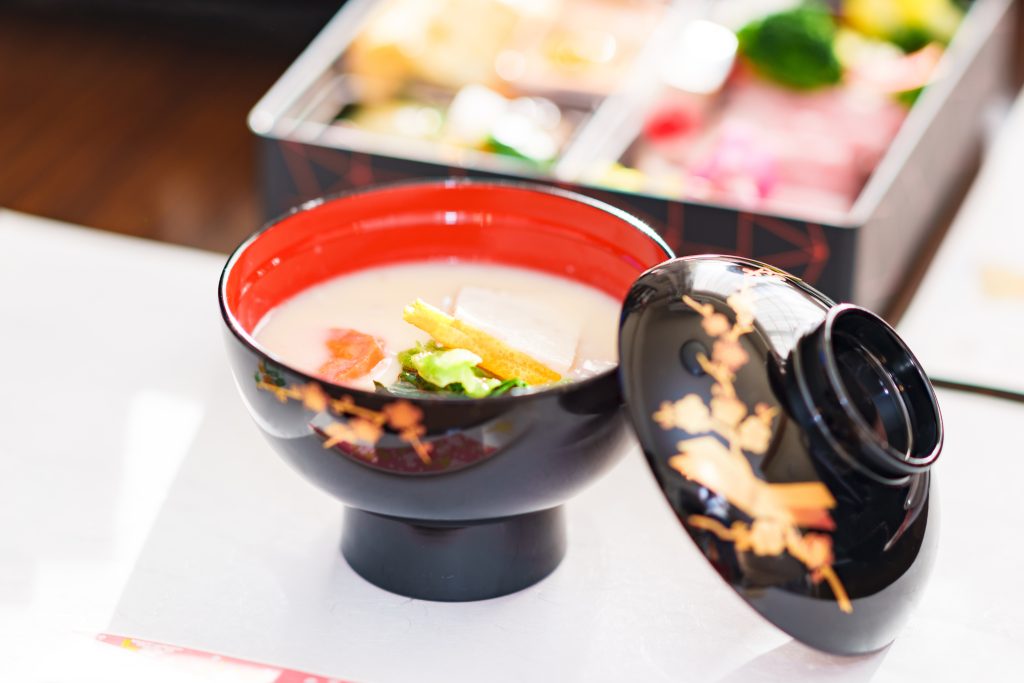
Unlike ozōni (New Year’s soup) from other regions, Kyoto’s ozōni uses white miso, giving the soup a whitish color and a subtle sweetness. Paired with round rice cakes and local vegetables, it reflects Kyoto’s delicate approach to fermentation. This dish is a gateway to understanding how fermented ingredients like miso integrate into ceremonial and seasonal Japanese food culture.
味噌記事
4. Senmaizuke (Thousand-Layer Pickles)
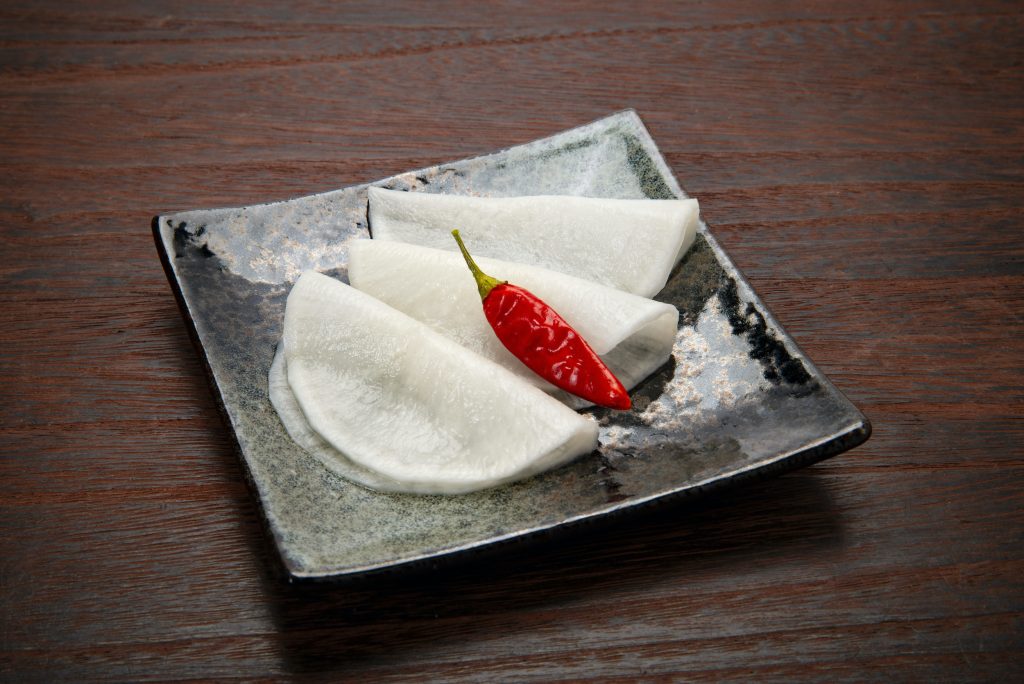
Made from thinly sliced turnips pickled with kombu and vinegar, Senmaizuke is a winter delicacy in Kyoto. Some varieties incorporate fermented rice bran or light lactic fermentation.
This pickle is prized for its crunch and refined taste. Its seasonal availability also highlights the connection between fermentation and natural food cycles in Kyoto cuisine.
漬物記事
5. Suguki (Lacto-Fermented Pickled Greens)
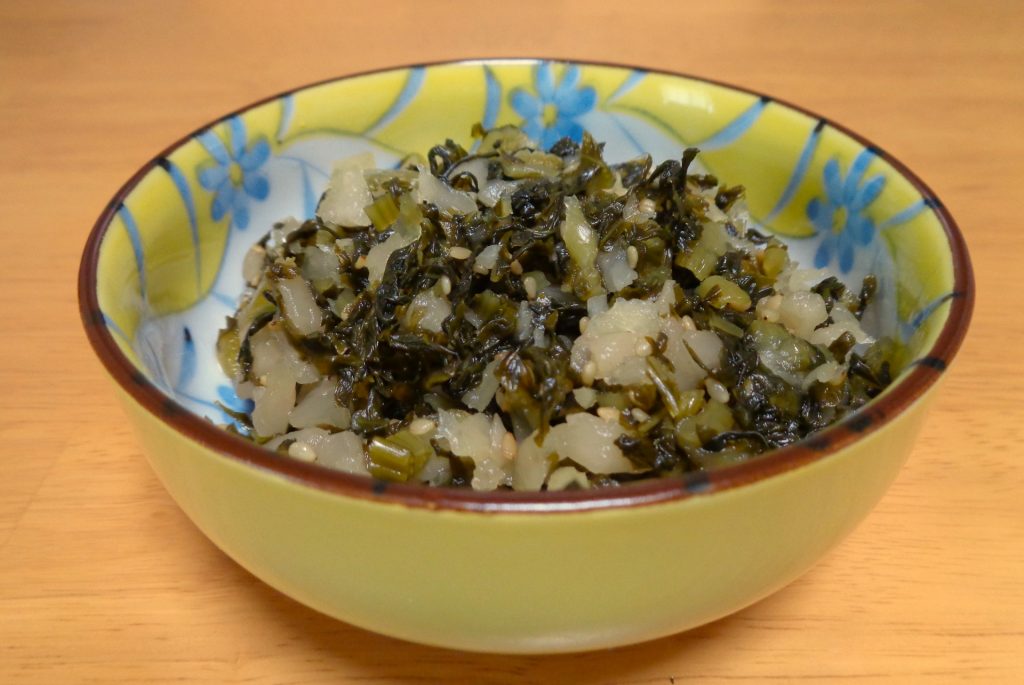
Suguki is a rare, naturally fermented pickle made from a local variety of turnip. Lacto-fermentation gives it a tangy, effervescent flavor without any vinegar. Highly valued for its probiotic potential and distinctive taste, Suguki is a living example of how Japanese fermented food connects people to the land and local microbiome.
6. Shibazuke (Red Shiso Pickles)
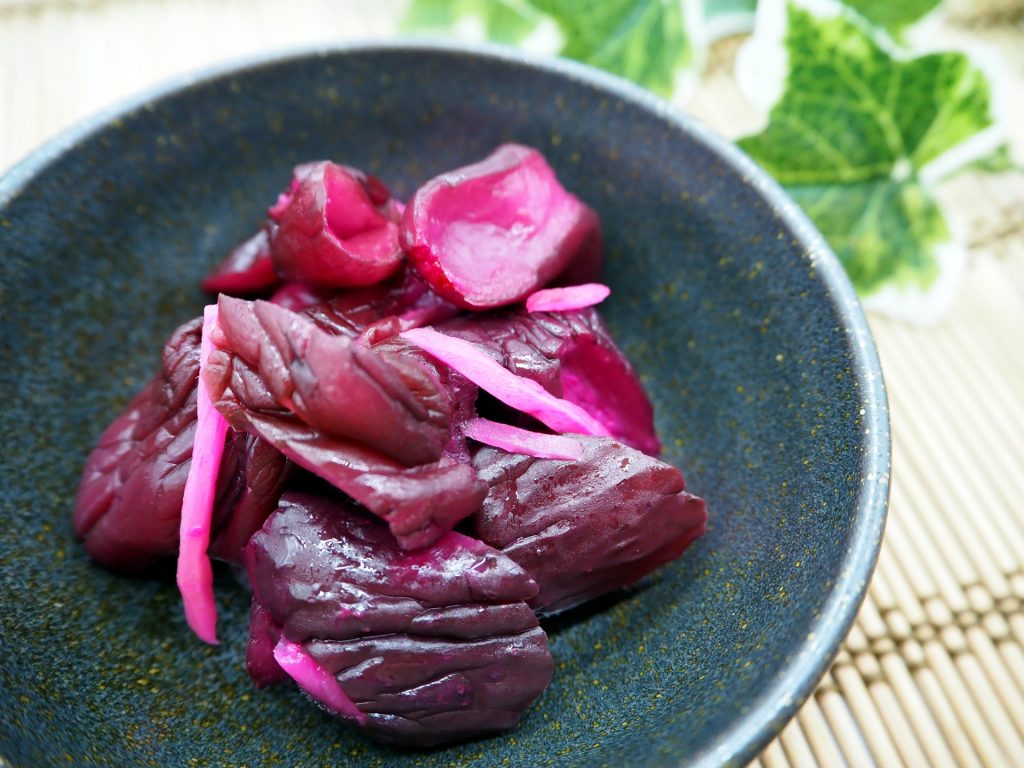
Shibazuke is a colorful and aromatic pickle made with cucumbers, eggplants, and red shiso leaves. Traditionally fermented with salt, it develops a unique sour-salty profile. This pickle exemplifies Kyoto’s balance of aesthetics, seasonality, and fermented flavors.
Where to Try These Fermented Dishes in Kyoto
If you’re inspired to go beyond tasting and learn the craft of Japanese fermented food, we invite you to join one of our immersive experiences:
Miso Brewery Tour & Hands-On Fermentation Class
Get behind the scenes of a centuries-old miso brewery. Learn directly from artisans how to make miso from scratch using traditional methods. Participants can even take home their own custom batch.Perfect for culinary professionals and fermentation enthusiasts alike.
Miso Master Workshop (with Miso-balls making)
This workshop will cover the basics of miso, introduce 10 different types of miso, taste test 10 different types of miso, and then you will make miso balls and sample your own homemade miso soup. You will leave with a deeper understanding of how to use fermented foods in the modern kitchen.
Culinary Study Abroad in Kyoto: Focus on miso and other Japanese fermentations
Washoku study abroad programs include courses focusing on fermented foods such as miso, as well as soy sauce and koji. Learn how to incorporate these ingredients into both traditional and contemporary Japanese cuisine. Short- and long-term options are available. All classes are held in English with expert instructors.
Summary: Taste, Learn, and Connect Through Japanese Fermented Food in Kyoto
Kyoto is more than just a destination—it’s a living classroom for Japanese fermented food. From Saikyo-zuke and saba-zushi to seasonal pickles like suguki and senmaizuke, every bite tells a story of tradition, flavor, and place.
Sign up for our newsletter to learn more about Japanese fermentation culture, participate in a miso-making workshop, or sign up for an overseas cooking training course to deepen your knowledge and bring the essence of Japanese fermentation into your kitchen.
Join us—and let Kyoto’s fermented traditions inspire your next culinary journey.
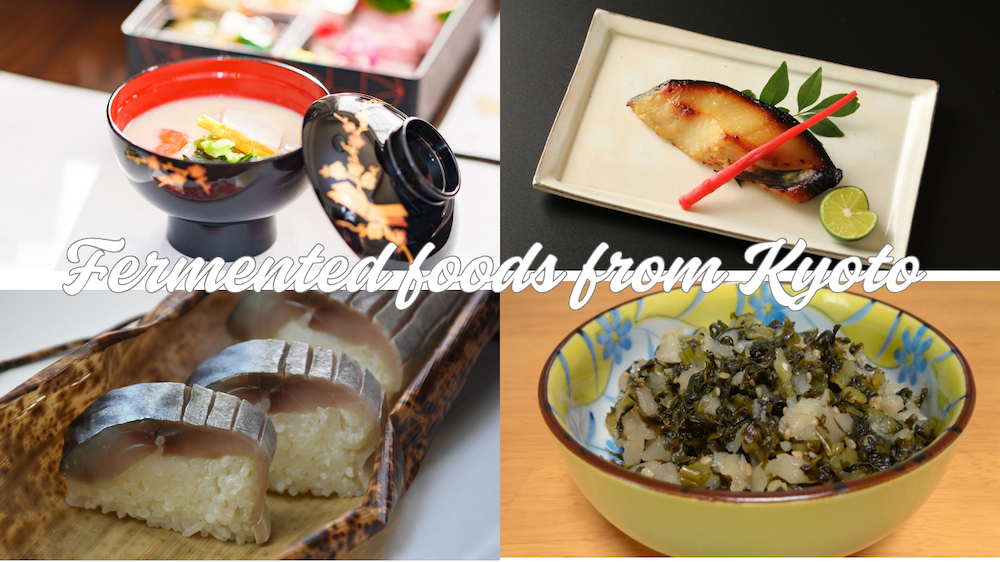
No responses yet